
Toxicological Risk Assessment of Medical Devices
The global medical device industry is continuously growing, with promising development prospects. Projections indicate that the global medical device market will reach $766.7 billion by 2025, with the Asia-Pacific region reaching $209.1 billion by 2025. The Chinese medical device market is expected to exceed RMB 1.1 trillion by 2024. According to statistics from China's National Medical Products Administration, in 2023, a total of 13,260 applications for initial registration, renewal, and change registration of medical devices were accepted, representing a 25.4% increase compared to 2022.
As a special commodity, the safety and effectiveness of medical devices are crucial to ensuring human health and safety. International regulation of medical devices began early, with the United States establishing a classification management system for medical devices by law in 1976. Between 1990 and 1998, the European Union issued three medical device directives, and in 2017, it enacted the Medical Device Regulation (MDR), standardizing medical device regulation across the EU.
With the accumulation of regulatory experience in various countries, current regulatory systems emphasize "full lifecycle" management of medical devices. Before clinical trials, medical device products must undergo various tests to demonstrate their safety and effectiveness, including packaging material testing, biological evaluation, electrical safety testing, etc. The Chinese JJR Laboratory is an IEC 17025 and GLP authorized laboratory that provides related testing.
Biological Evaluation
ISO 10993 and ISO 18562 both require biological evaluation during the risk management process and emphasize that biological evaluation should cover the entire lifecycle of the medical device. The former mainly targets devices that have direct or indirect contact with the body. Since some medical devices include respiratory pathways, which differ in contact form from non-airway products, ISO issued the latter to guide the biocompatibility evaluation process for airway-related products.
Both series of standards emphasize identifying potential hazards based on product type and existing information evaluation to determine the necessity and extent of biological evaluation. Specifically, the biological evaluation process starts with the physical and chemical characterization of materials, performing toxicological risk assessments on characterization results (e.g., extractables or leachables from the medical device or materials), determining necessary biological tests, and finally completing the entire evaluation.
Chemical characterization and toxicological risk assessment provide scientific evidence for the design and manufacture of medical devices, reduce animal testing in biological evaluations, lower costs, and accelerate product development and registration processes. However, this also raises higher qualification and experience requirements for relevant practitioners.
ISO 10993-17 Toxicological Risk Assessment
After completing chemical characterization tests (ISO 10993-18), medical devices must follow the methods and principles in ISO 10993-17 Biological evaluation of medical devices – Part 17: Toxicological risk assessment of medical device constituents for toxicological risk assessment.
The second edition of this standard was updated in September 2023, showing significant changes from the first edition of 2002, further highlighting the importance of toxicological risk assessment in biological evaluation. The new edition provides clearer assessment method guidance and introduces many new concepts, such as TQmax (total quantity maximum), TSL (toxicological screening limit), and EED (estimated exposure dose).
TQ (Total Quantity) and TSL (Toxicological Screening Limit)
The concept of TQmax considers the risks caused by long-term or repeated use of medical devices, conservatively calculating the cumulative exposure of each detected substance based on chemical characterization results combined with the product's usage method and frequency.
The TSL concept is based on the TTC value (threshold of toxicological concern) from ISO 21726 and cumulative exposure, specifying two TSL values: TSL≤30 d = 120 μg and TSL>30 d = 600 μg. When the TQmax of a detected substance does not exceed the corresponding TSL value, it is considered that the toxicological risk of the compound can be ignored within the corresponding cumulative exposure time, without further calculation of MOS (margin of safety). This can significantly reduce the workload of toxicological assessment and speed up the evaluation process. Conversely, if exceeded, further calculation of the estimated exposure dose and MOS based on its toxicological limit is required.
EED (Estimated Exposure Dose)
The EED calculation is based on TQ, considering the release kinetics of the chemical components of the medical device, segmented usage time of the device, and the minimum body weight of the population using the device, calculating the exposure dose in μg/kg/day to ensure a conservative and rigorous exposure estimate. Generally, chemical characterization tests assume the worst-case substance release results. For multi-time point release kinetics test results, the standard also provides corresponding formulas for EED calculation.
Toxicological Limits
The 2023 edition of the standard retains only the TI (tolerable intake) concept, removing the TE (tolerable exposure) and AL (allowable limit) concepts from the 2002 edition. It also explicitly requires deriving the corresponding TI value based on the device's usage duration (≤1 day, 2-30 days, 31-365 days, or ≥366 days).
The TI value should be based on the toxicological data of the detected substance, including repeated exposure toxicity, genotoxicity, carcinogenicity, reproductive and developmental toxicity in humans and test animals, and comprehensive judgment and derivation. For substances lacking toxicological data, the corresponding TTC value can be used.
Risk Determination Standard
The results of the toxicological risk assessment are judged by MOS. When calculating MOS for assumed release kinetics detection results, the corresponding EEDmax and TI should be used for segmented calculation. For example, if a device's cumulative usage time is <365 days and the detected chemical components exceed the corresponding TSL value, MOS should be calculated for ≤1 day, 2-30 days, and 31-365 days. When the MOS of all substances in a device is greater than 1, the device's toxicological risk is considered acceptable.
ISO 18562 Series
For medical devices containing respiratory pathways, corresponding tests must be conducted according to the ISO 18562 series standards. For VOCs (volatile organic compounds) and leachables in condensate, toxicological risk assessments are also required, with the toxicological limits (TI values) of detected substances referencing ISO 10993-17.
It should be noted that for VOC substances lacking toxicological data, the inhalation route TTC value proposed in this series should be used. Based on the toxicological limits and detected amounts of the detected substances, MOS can be calculated to determine whether the toxicological risk of the product is acceptable.
Biological Evaluation Standards for Medical Devices
- ISO 10993-1:2018 Biological evaluation of medical devices – Part 1: Evaluation and testing within a risk management process
- ISO 10993-17:2023 Biological evaluation of medical devices – Part 17: Toxicological risk assessment of medical device constituents
- ISO 10993-18:2020 Biological evaluation of medical devices – Part 18: Chemical characterization of medical device materials within a risk management process
- ISO 18562-1:2024 Biocompatibility evaluation of breathing gas pathways in healthcare applications — Part 1: Evaluation and testing within a risk management process
- ISO 18562-2:2024 Biocompatibility evaluation of breathing gas pathways in healthcare applications — Part 2: Tests for emissions of particulate matter
- ISO 18562-3:2024 Biocompatibility evaluation of breathing gas pathways in healthcare applications — Part 3: Tests for emissions of volatile organic substances
- ISO 18562-4:2024 Biocompatibility evaluation of breathing gas pathways in healthcare applications — Part 4: Tests for leachables in condensate
- GB/T 16886.1-2022 Biological evaluation of medical devices – Part 1: Evaluation and testing within a risk management process
Email:hello@jjrlab.com
Write your message here and send it to us
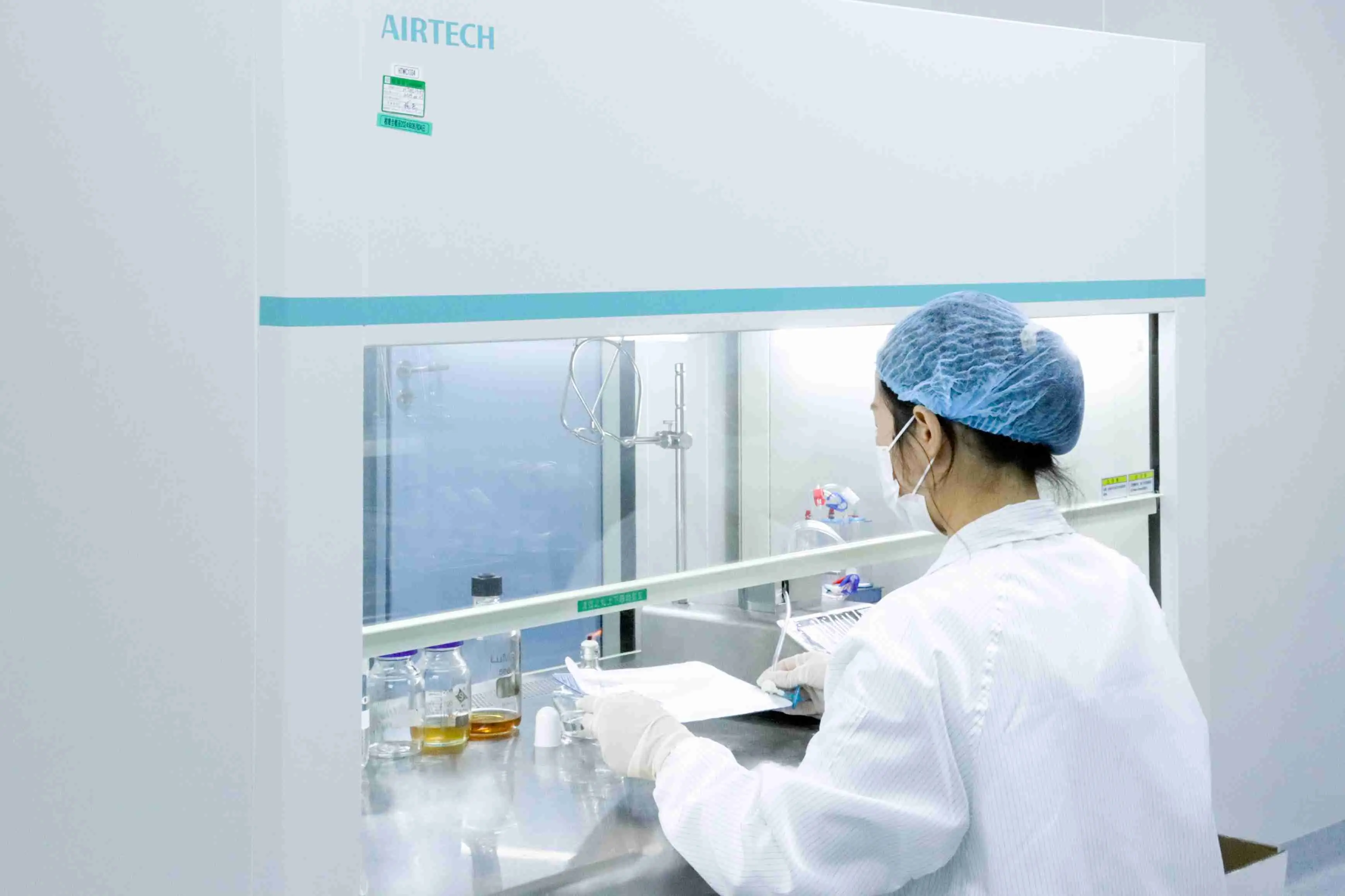 IECEE CBTL Testing Laboratory for IVD Medical Devi
IECEE CBTL Testing Laboratory for IVD Medical Devi
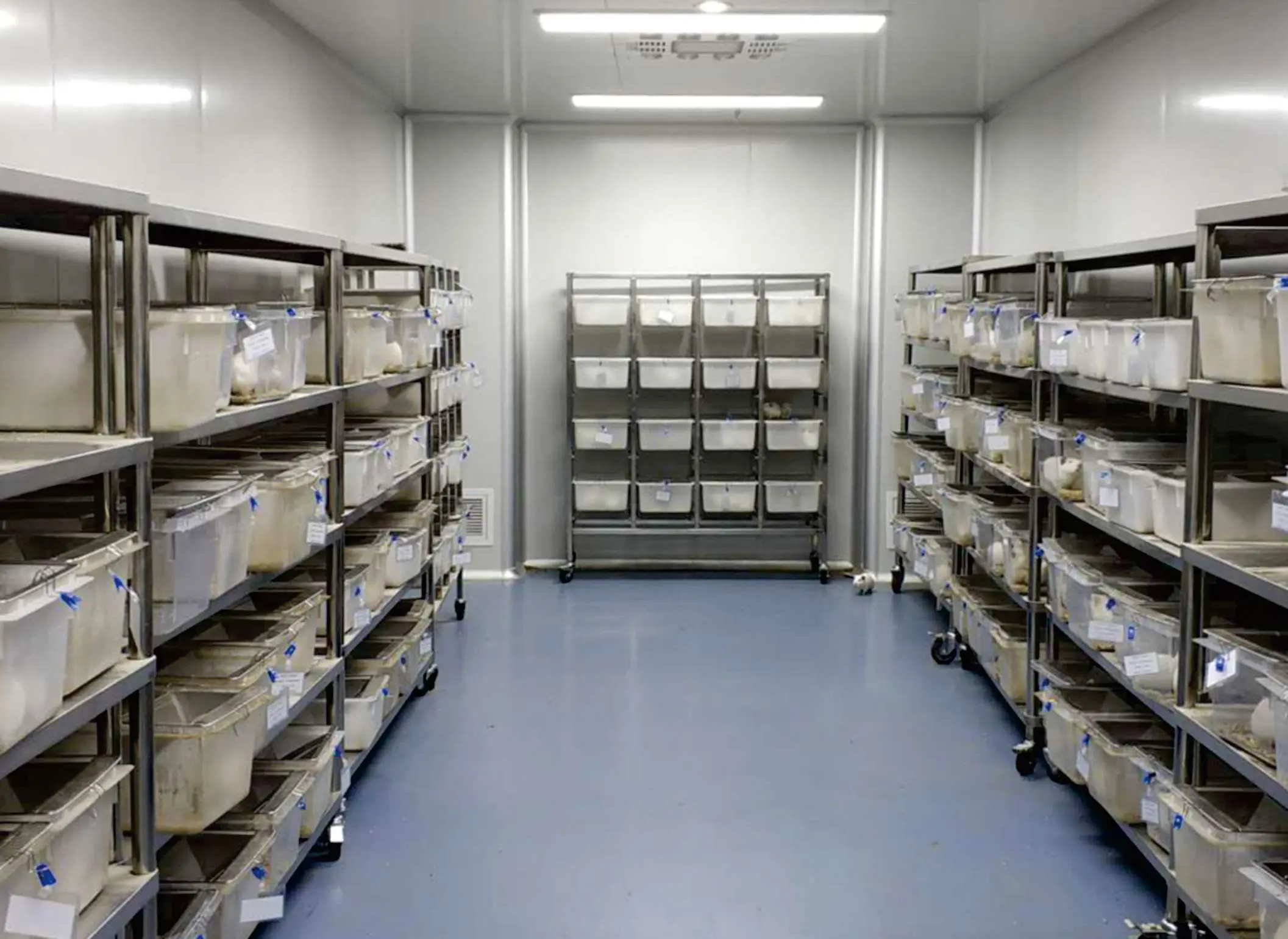 China OECD GLP-Certified Laboratory
China OECD GLP-Certified Laboratory
 Packaging Validation ISO 11607 Test Report
Packaging Validation ISO 11607 Test Report
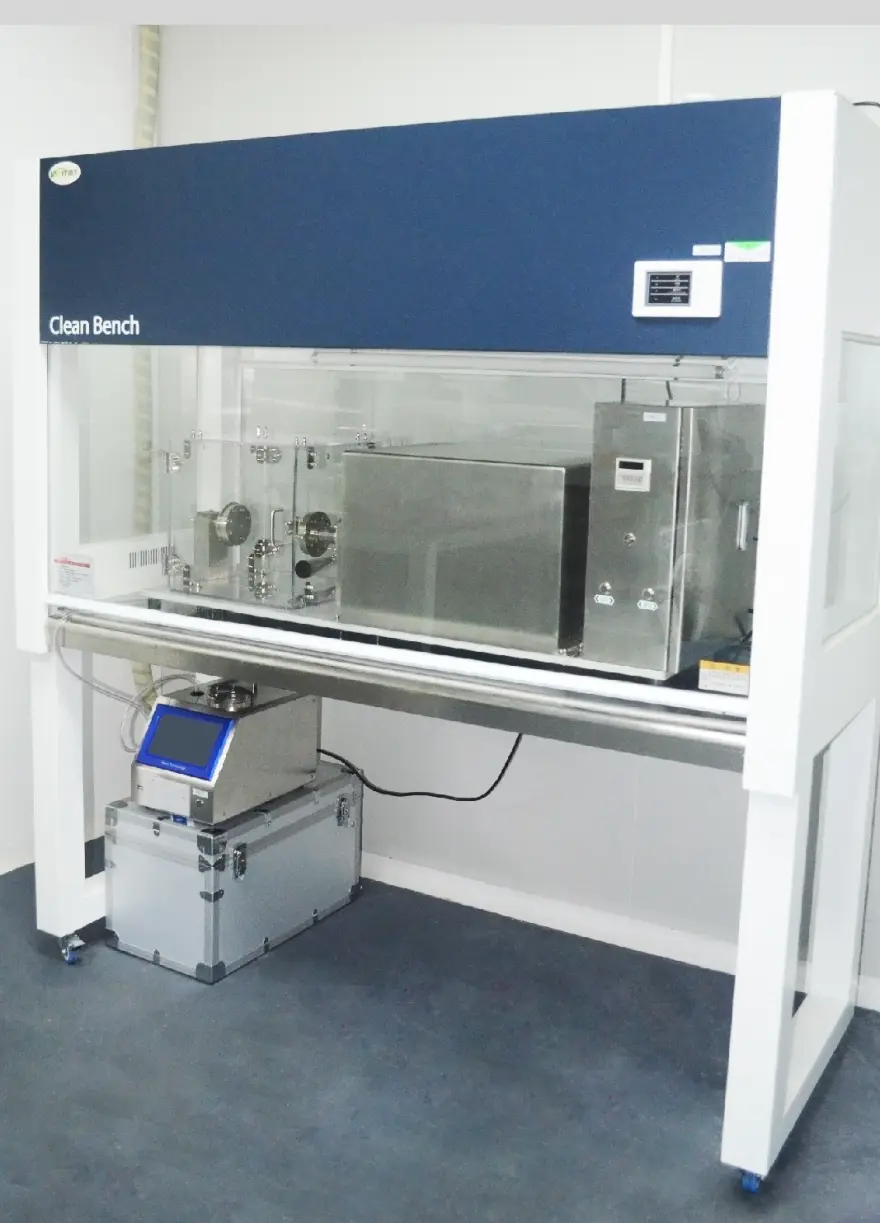 What is the ISO 11607-1 Packaging Validation Test?
What is the ISO 11607-1 Packaging Validation Test?
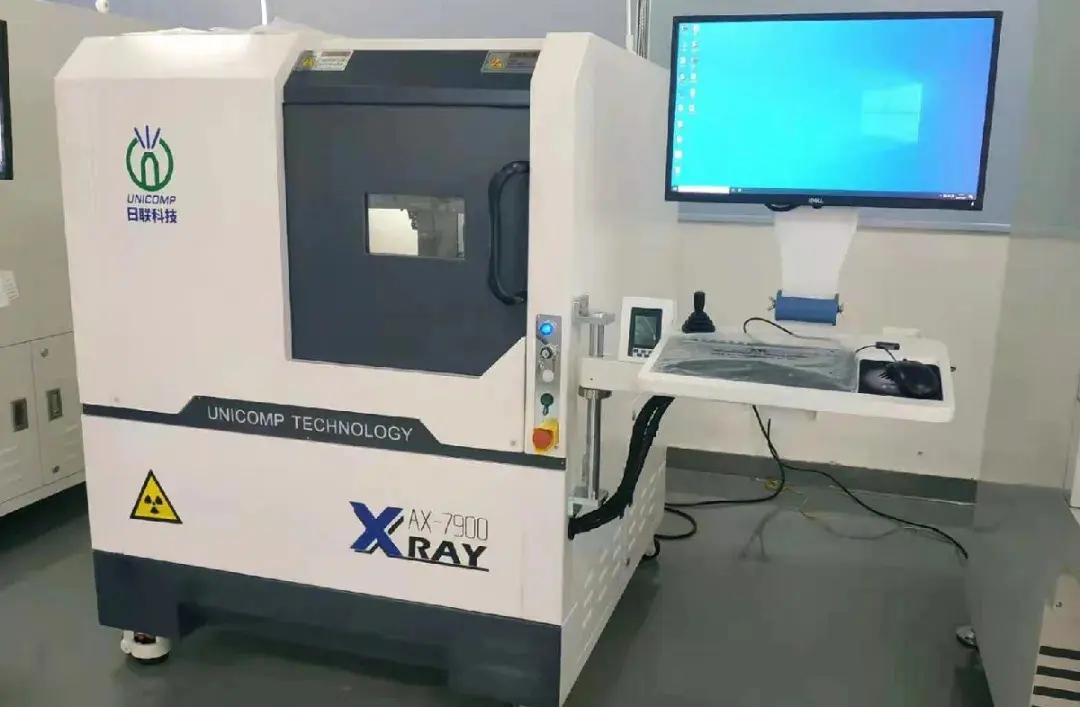 How to get an ISO 11737-1 Test Report?
How to get an ISO 11737-1 Test Report?
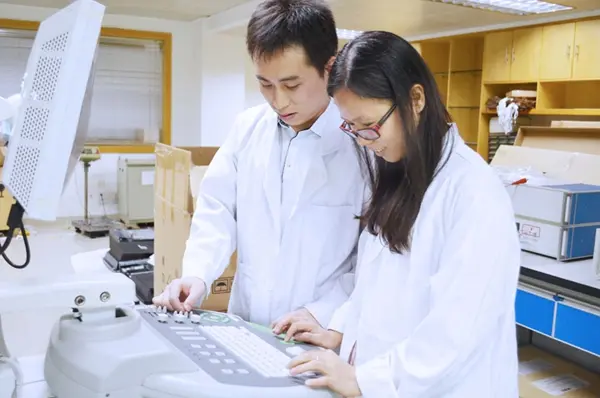 Orthopedic Implant Cleanliness Testing
Orthopedic Implant Cleanliness Testing
 What is ISO 10993-23:2021 Irritation Testing?
What is ISO 10993-23:2021 Irritation Testing?
 ISO 10993-23 Irritation Testing Laboratory
ISO 10993-23 Irritation Testing Laboratory
Leave us a message
24-hour online customer service at any time to respond, so that you worry!




